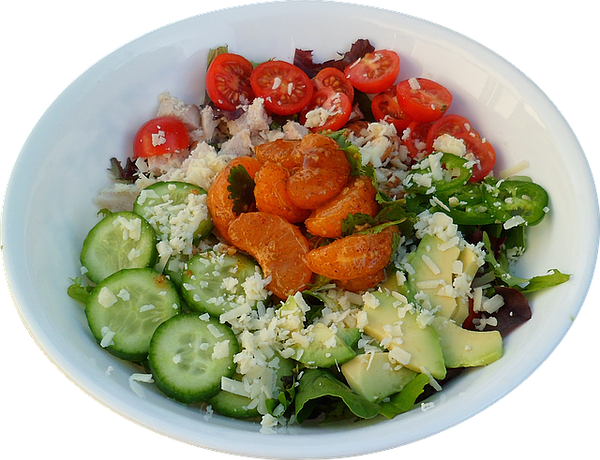
When is it needed?
Hypoprotein is defined as any diet characterized by a reduced intake of proteins. The adoption of such a diet is justified in the presence of hepatic or renal dysfunctions. These organs are in fact directly involved in protein metabolism.
Proteins, Liver and Kidneys
The liver intervenes in the removal of the amino group of amino acids, through the incorporation of the ammonium ion NH4 + (highly toxic) in a non-toxic waste molecule called urea (to learn more: amino acid metabolism and urea cycle). This by-product of amino acid metabolism is then eliminated in the urine thanks to the excretory action of the kidneys.
If the latter do not work properly, or too much urea is produced due to an excessive protein intake with the diet, there is an increase in the concentration of nitrogenous substances in the blood (defined as hyperazotemia or, in more serious cases, uremia). Renal failure, a condition characterized by loss of kidney function, is a common cause of azotemia.
In the presence of a malfunction of the liver (liver failure) the ammonium ion is no longer converted into urea and there is an accumulation of ammonia in the blood (hyperammonemia). Viral hepatitis or liver cirrhosis are common causes of hyperammonaemia.
In all the conditions listed so far, or in the presence of disorders of the metabolism of amino acids due to specific enzymatic deficiencies (hyperthyrosinemia, phenylketonuria, histidinemia, disorders of the urea cycle or organic acidosis), a low-protein diet is useful for reducing work to load on the liver and kidneys, thereby preventing the appearance of particularly severe systemic disorders. Scrupulous adherence to this particular dietary plan slows the evolution of the disease and must therefore be undertaken as early as possible.
How Much Protein in Healthy People?
In a normal balanced diet, proteins must neither be abolished nor reduced.
If dietary restrictions are necessary, it is advisable to favor vegetable and legume proteins, while among the animal ones, milk, fish and low-fat cheese proteins are to be preferred.
It should also be remembered that a reduced protein intake depresses the immune response, causes growth defects in the child and is accompanied by a worsening of the general state of health (see malnutrition), in particular during growth, pregnancy and breastfeeding.
How Much Protein in the Low Protein Diet?
The low-protein diet is based on the reduced consumption of foods rich in proteins, whether they are of animal origin (fish, meat, eggs, dairy products) or vegetables (legumes, but also cereals such as bread, pasta, rice, biscuits, etc.).
All this with the aim of reducing the protein content from the normal 10-14% to 4-8% depending on the condition; in other words, we pass from the ordinary daily intake of 0,9-1,1 g of protein per kg of body weight to 0,5-0,8 g / kg.
The reduction in the protein content can vary according to the type and severity of the disease.
Food protein-
When it is considerable, it is necessary to resort - to ensure the energy and carbohydrate intake - a special low-protein diet foods (protein-free bread, protein-free pasta, protein-free biscuits, etc.). In these food products the protein content is around one gram per 100 grams, a quantity about 10 times lower than their traditional counterparts. The calorie intake is similar, however, as the low-protein diet must be particularly careful to meet the body's energy needs (if this were not the case, the body would consume its own proteins for energy purposes, aggravating a condition already complicated by the reduced intake. nitrogen).
Supplements
For the same reason, the more stringent the protein limitation, the higher the quality of the few proteins introduced with food must be; sometimes it is necessary to supplement with preparations based on essential amino acids.
Finally, there are dietetic products with a reduced content of particular amino acids, for example phenylalanine, suitable for patients with specific disorders of amino acid metabolism, such as phenylketonurics.


























